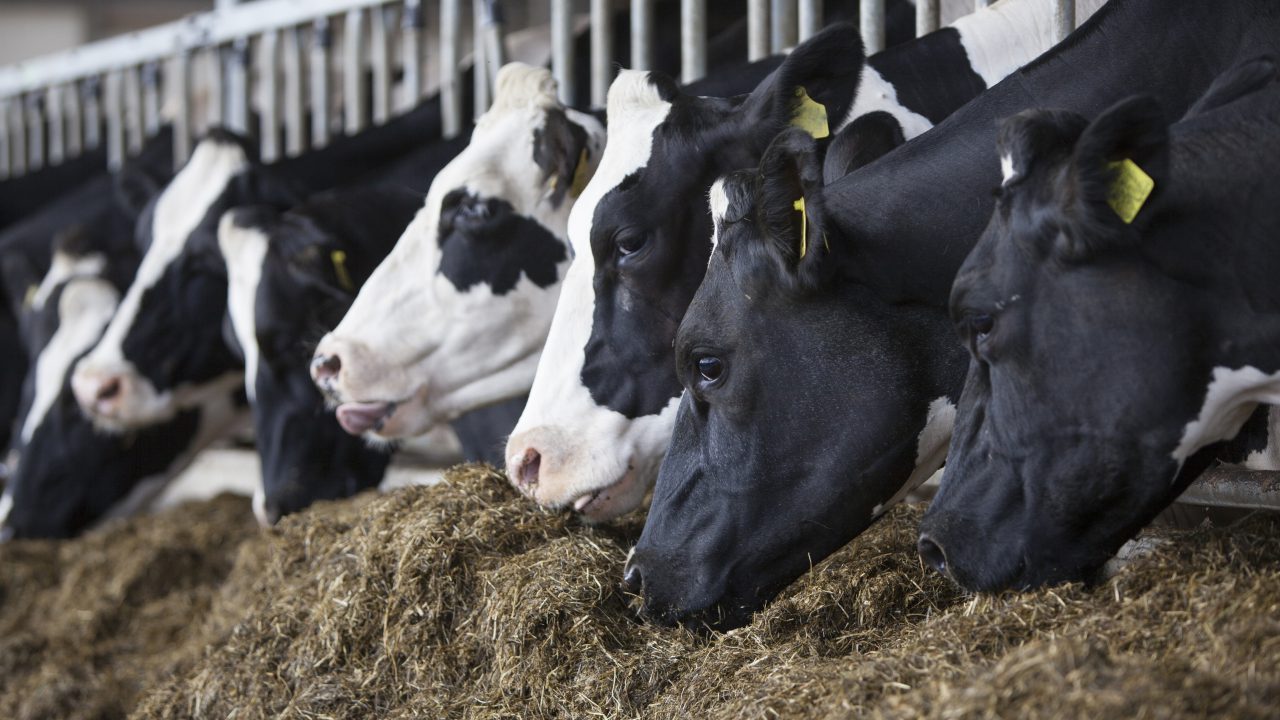While there is not necessarily a need to cut herd sizes for the purpose of climate change mitigation, increasing numbers is also not the way to go, according to Dr. Frank Mitloehner.
Dr. Mitloehner, a well-known professor and air quality specialist, was speaking at an event called ‘Climate Action in Agriculture: A Balanced Approach’ in Dublin today, Tuesday, January 21, which was organised by the Irish Farmers’ Association (IFA).
The German-born Californian-based professor spoke out against the perceived necessity to cut herd sizes. However, when asked about the growing numbers of animals in the dairy industry, he warned that going in the opposite direction by increasing numbers would pose a climate issue.
If you increase herd size, you increase methane. Increasing methane will have a very negative impact.
“I would not say methane is not an important [greenhouse gas]. It is. If you increase the emissions from methane over a few years, you will induce [a heating effect],” Dr. Mitloehner argued.
“I would not, if I were you, go in the direction of increasing numbers. I would keep them constant and I would use smart technologies,” he argued.
These technologies, the professor said, would include things like feed additives that would reduce enteric methane emissions, which are released through ruminant animals belching.
In Ireland I think the biggest challenge around methane is enteric emissions – not the manure, but whatever is belched out.
“In this field there’s very active research going on, and this research shows that these enteric emissions can be reduced,” Dr. Mitloehner explained – without cutting herd size.
These food additives and similar technologies are not widely available yet – but they may not be too far off.
“Now these are not off-the-shelf products yet. But there are solutions coming around the corner, and I think they will be available in the foreseeable future,” Dr. Mitloehner explained.
These are feed additives that you feed to cattle. We have done research on this and we have found a reduction of between 10% and 14% of enteric emissions from cattle. That is one of the potentials, but there are others.
“I would start there. I don’t think we need to reduce cow numbers. We need to use smart technologies,” he argued.
